Introduction
Television has long played a pivotal role in shaping the imagination of young audiences. For decades, teen series have influenced cultural reference points, social codes, and evolving identities. Among the most closely scrutinized aspects is the representation of gay characters in teen TV shows, which holds a unique and often contested place in media narratives.
Once invisible or stereotyped, gay characters are now appearing more frequently on screen. But does this increase in visibility mark genuine progress toward fair and nuanced representation? Or are we witnessing a surface-level effort plagued by marketing tactics and lingering clichés? This article takes an in-depth look at the evolution, challenges, and prospects of LGBTQ+ representation in teen series.
1. A Brief History of Gay Representation on Television
1.1. The 1990s: Rare Appearances and Painful Coming Outs
In the 1990s, openly gay characters were a rarity in teen-focused series. When they did appear, the narrative often centered on a painful coming out, fear of rejection, and social isolation. These early depictions were groundbreaking in their own right, but typically emphasized struggle over normalization.
1.2. The 2000s: Supporting Gay Characters
Shows like Dawson’s Creek and Degrassi began to include gay characters more regularly, but they largely remained secondary figures. Often used to drive plotlines about tolerance or acceptance, few of these characters were developed beyond their sexual orientation.
1.3. The 2010s: A Shift Toward Complexity
The rise of streaming platforms such as Netflix and HBO sparked a major shift. Series like Glee, Skins, 13 Reasons Why, and Sex Education introduced multifaceted gay characters—funny, flawed, romantic, and authentic. This decade began the move toward diverse and multi-dimensional portrayals.
2. Progress Toward Realism?
2.1. Gay Characters as Leads
Today, some series place gay characters at the heart of their narratives. In Heartstopper, the love story between two teenage boys is the main focus—not just about coming out, but about everyday romance and positivity—offering audiences relatable and affirming stories.
2.2. Normalization and Varied Journeys
Modern series portray a range of gay experiences:
- The confident teen who embraces his identity (e.g., Eric in Sex Education).
- The closeted teen who fears judgment from family or peers.
- First loves, with all the awkwardness, joy, and heartache they bring.
This diversity lends greater authenticity to narratives and resonates more strongly with real-life experiences of LGBTQ+ youth.
2.3. Role Models and Relatability
Teen shows serve as mirrors for young viewers seeking validation and understanding. Seeing a gay character experience happiness, love, and acceptance can offer a powerful source of hope. Meanwhile, storylines that explore discrimination help highlight social struggles still affecting many today.
3. Ongoing Stereotypes and Pitfalls
3.1. Lingering Tropes
Despite progress, several clichés remain prevalent:
- The effeminate gay character reduced to comic relief.
- The gay best friend who exists solely to support the straight lead.
- The tragic gay figure destined for loneliness or suffering.
Such portrayals limit complexity and perpetuate a narrow view of gay identity.
3.2. The “Token Gay” Phenomenon
In some cases, a gay character is added solely to satisfy diversity checklists, without meaningful development. This type of tokenism contributes little to inclusive storytelling and risks reducing queer identity to a plot accessory.
3.3. Marketing Over Meaning
With growing interest in LGBTQIA+ representation, some shows use gay characters primarily as a marketing tool to attract younger viewers. This commercial exploitation risks diluting authentic narratives and undermining the lived experiences being portrayed.
4. Noteworthy Teen Series Featuring Gay Characters
4.1. Glee: Progress and Pitfalls
Kurt Hummel was one of the first confident, openly gay main characters in a mainstream teen show. Still, Glee frequently veered between heartfelt moments and reliance on overused stereotypes, highlighting the tension between representation and characterization.
4.2. Skins: Embracing Complexity
This British drama broke boundaries by introducing layered gay and bisexual characters whose storylines tackled both highs and lows. Rather than using sexuality as a plot device, Skins explored it as part of a broader character journey.
4.3. 13 Reasons Why: Intersectionality Matters
With LGBTQIA+ characters from diverse racial and socioeconomic backgrounds, the show explored how sexuality intersects with class, culture, and systemic injustice, offering intersectional insight often missing from mainstream portrayals.
4.4. Heartstopper: Gentle and Positive Love
Praised for its warmth and realism, this Netflix series is lauded for its kind and hopeful depiction of gay teenage love—something still all too rare on screen, yet deeply needed.
5. Cultural and Social Impact
5.1. Teen Shows as Educational Tools
By showcasing diverse realities, teen series help normalize gay identity and reduce stigmas. In some cases, they become entry points for important conversations between teens and their parents, serving a subtle but crucial educational role.
5.2. Emotional Support for LGBTQ+ Youth
Visibility can play an essential role in a young person’s identity formation. Seeing reflections of themselves on screen can provide reassurance and a sense of belonging, helping teens cope with feelings of isolation or uncertainty.
5.3. Backlash and Conservative Pushback
Although strides are being made, LGBTQ+ representation continues to face backlash. Some conservative voices accuse these shows of “promoting homosexuality,” revealing how fragile and contested progress still is in many circles.
6. Toward a More Inclusive Future
6.1. Including More LGBTQIA+ Identities
While representation of gay characters has improved, portrayals of transgender, non-binary, and intersex teens remain scarce and deserve much greater visibility.
6.2. Reflecting Cultural Diversity
Many gay characters in Western teen series are white and socioeconomically privileged. More inclusive storytelling should reflect the diverse cultural and racial realities of LGBTQ+ youth worldwide.
6.3. LGBTQ+ Voices Behind the Camera
Authentic representation stems from who tells the stories. Increasing diversity among writers, directors, and producers—especially those who are LGBTQ+—is essential to creating narratives that are rich, genuine, and impactful.
Conclusion
The representation of gay characters in teen TV shows has come a long way—but it still walks a fine line between meaningful progress and the persistence of outdated tropes. Recent years have brought an encouraging wave of diverse and relatable portrayals, yet the journey toward fully inclusive, stereotype-free storytelling remains ongoing.
Teen series wield enormous power: shaping minds, fostering empathy, and guiding young people as they navigate their identities. The road ahead hinges on creators’ willingness to move beyond tokenism and present the LGBTQ+ experience with honesty, nuance, and emotional depth.
For those interested in exploring further, our curated selections of the best gay series on Netflix offer a closer look at how queer stories are told—both past and present.


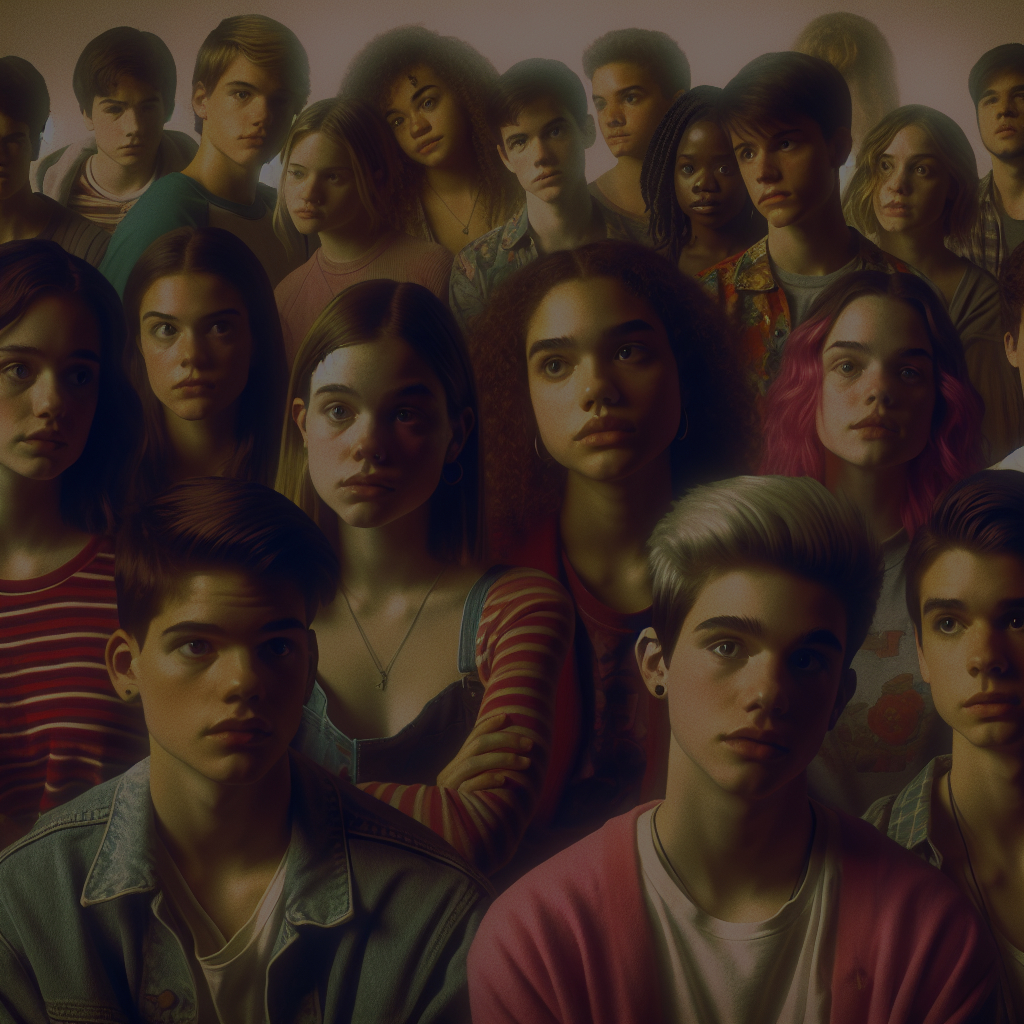

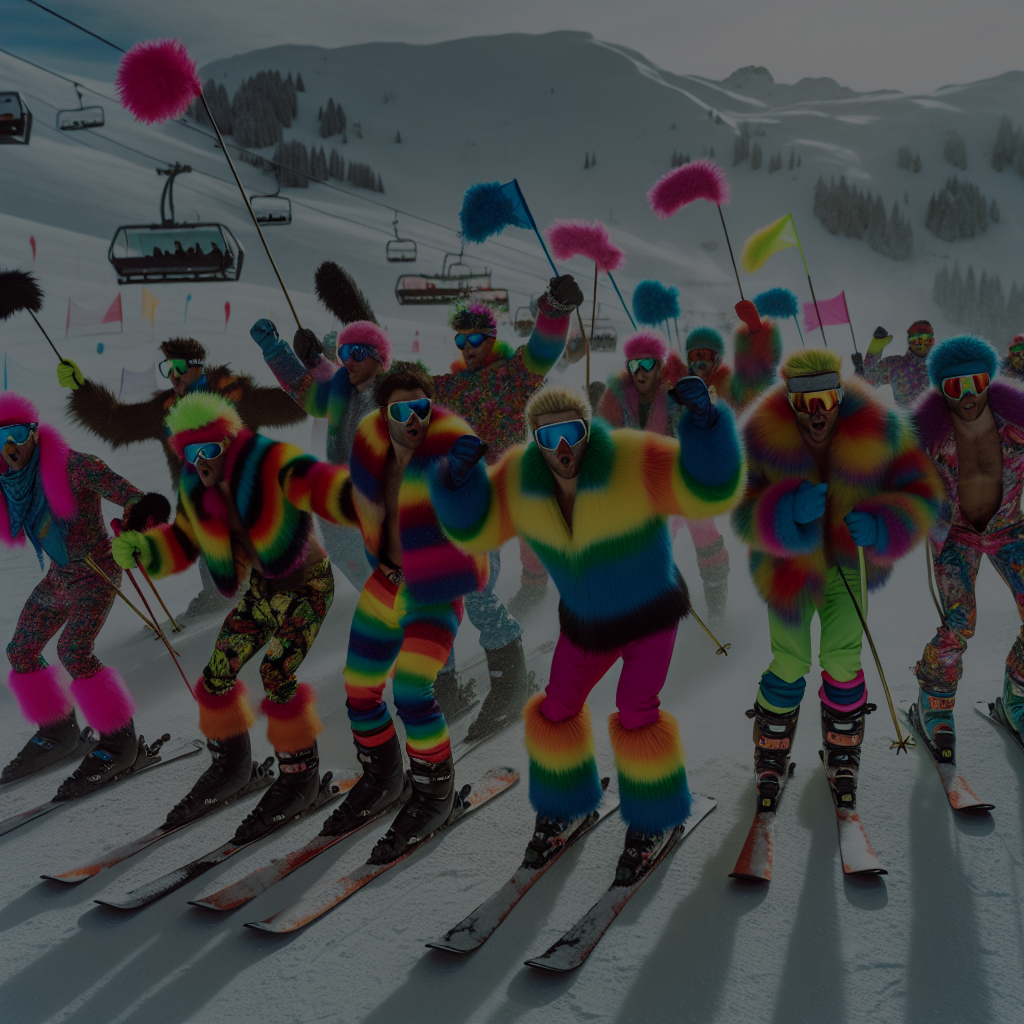
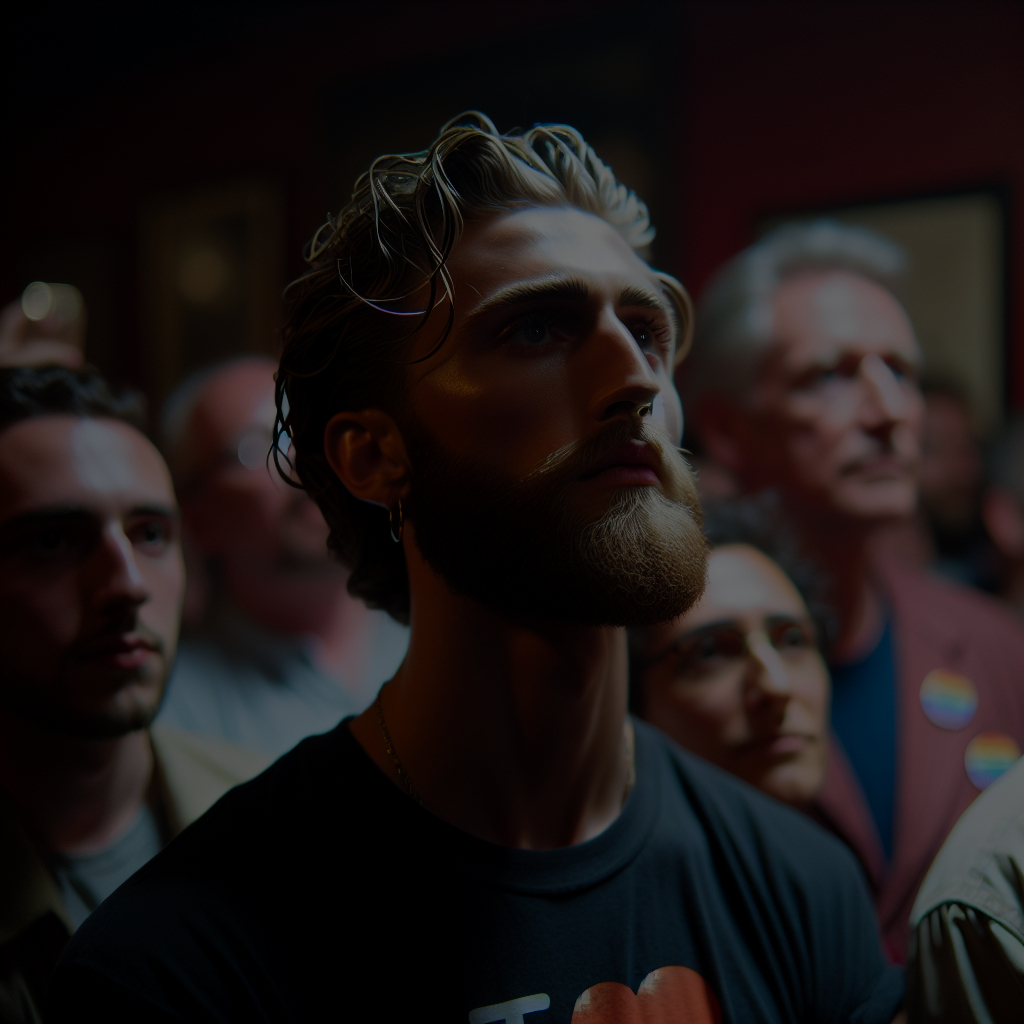
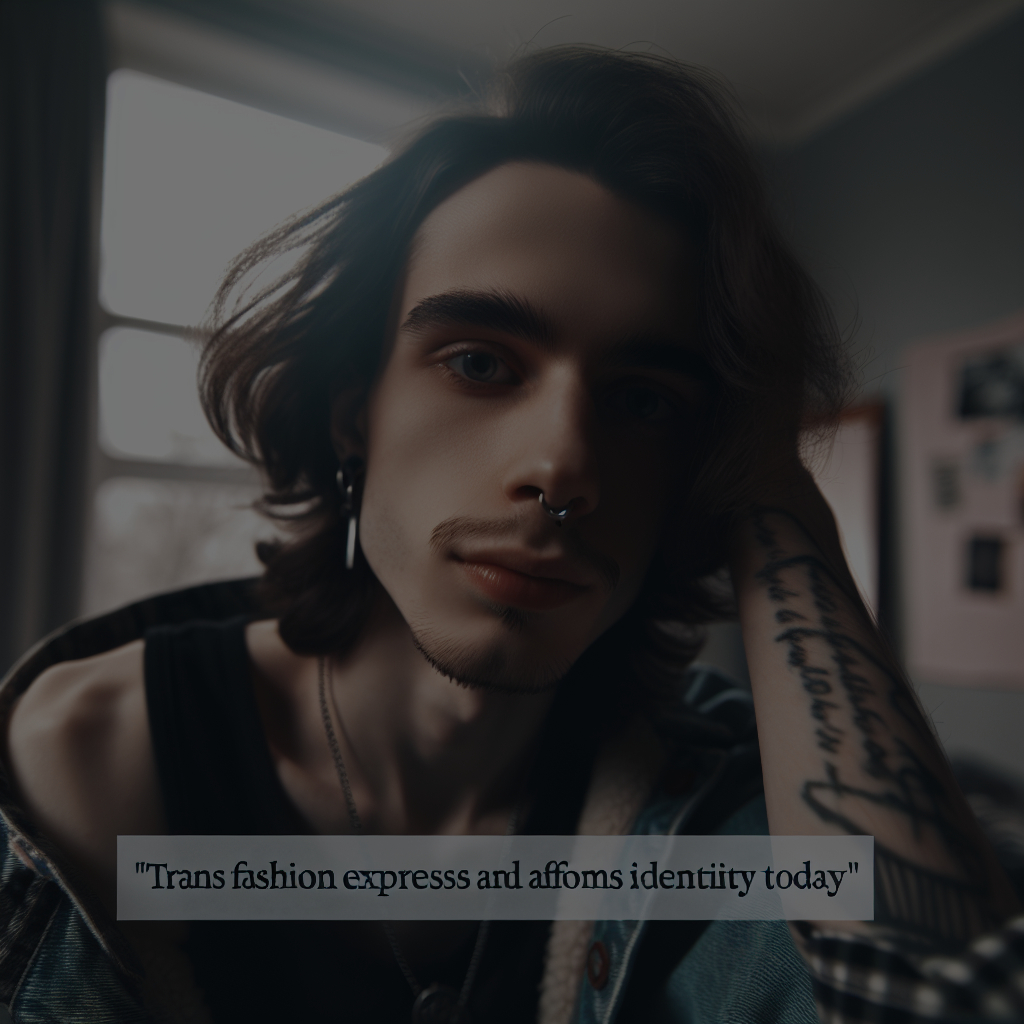
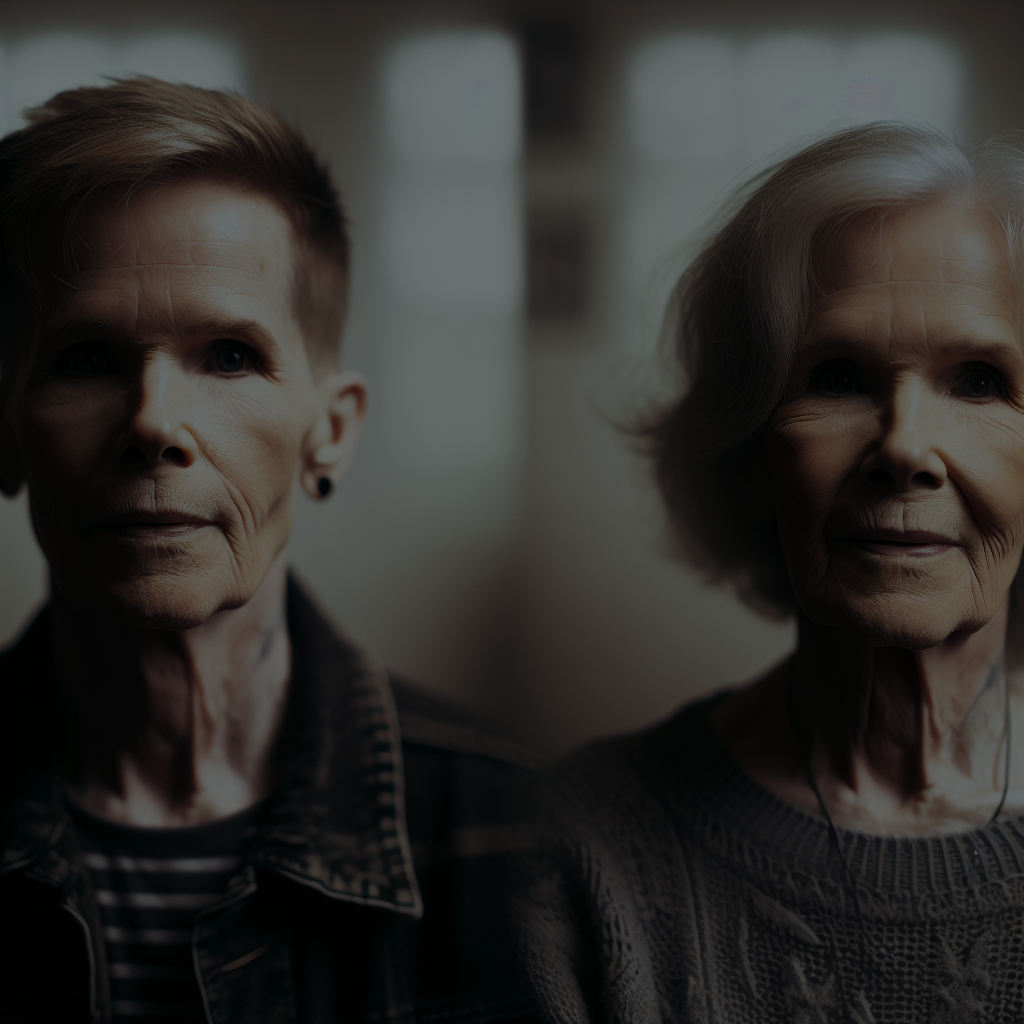

Leave a Reply